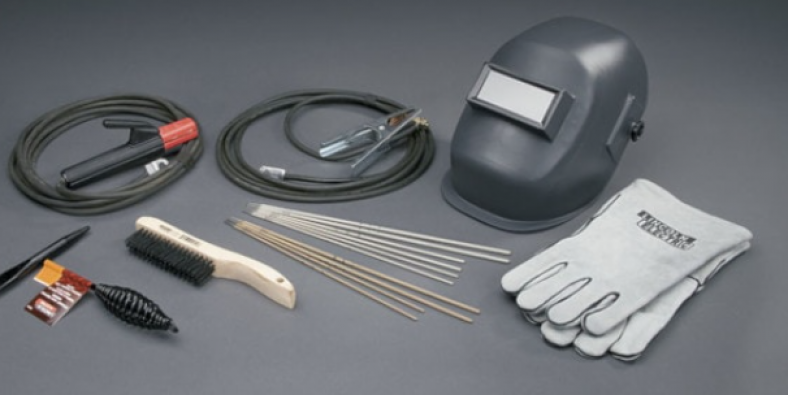Quality welding equipment is essential for many different types of industries, from construction to manufacturing. Having the right equipment can mean the difference between a job well-done and an unsafe, sloppy mess. However, what makes for quality welding equipment? Here are seven key factors:
1. Durability:
Quality welding equipment should be built to last. It should be made with strong materials and components that are resistant to corrosion and wear-and-tear. This means it should have a long life span, even when used in applications that require constant movement or vibration. Look for products with tested durability ratings so you know you’re getting the best value possible.
2. Safety Features:
Safety is paramount in any environment where welding occurs, so look out for products with extra safety features such as padded handles, adjustable headgear options, built-in sensors or automatic shutoff features. These features can help keep users safe from burns or other injuries caused by accidental contact with hot materials or sparks created during welding processes.
3. Versatility:
You may not need all the bells and whistles of a high-end welder but having equipment that can handle multiple tasks is important too. Look for welders that include features such as multiple power settings and adjustable amperage levels so you have the flexibility to use them on a range of projects without needing to buy additional items.
4. Cost Efficiency:
Welding expenses add up quickly when you factor in fuel costs, labor costs and the cost of supplies used during the process. Look for welders with special energy saving modes that reduce fuel consumption while still providing a quality weld result each time through improved wattage efficiency ratings and more accurate output control options than traditional models offer.
5. Usability:
Ease of use is an important factor when selecting quality welding equipment because it affects how quickly you can get your project completed without compromising on safety standards or accuracy of your workmanship results. Good equipment such like orbital welding equipment will come with detailed instructions (both written and visual) to help guide users through its set up process quickly and easily as well as additional resources such as online tutorials or videos which provide further support if required down the line together with clear labeling on parts for easy identification too if needed for repairs further down the line..
6. Robustness:
The robustness of a product relates directly to its build quality; look out for welders made from solid metals which indicate they feature heavy duty construction rather than lightweight plastic shells which are less durable and more likely to break over time due to their lesser strength rating compared to metal frames.. Robustness also provides added protection against drops or knocks which could ultimately damage delicate internal wiring systems inside – something which must be avoided at all times in order to ensure continued safety operation throughout its lifespan..
7. Certification & Warranty Coverage:
As part of quality assurance make sure any welder you purchase meets industry certification standards such as those issued by National Institute Of Standards And Technology (NIST). Additionally , look at what warranty coverage is offered too ; this indicates how much faith manufacturers have in their product’s ability to perform effectively over time – giving reassurance that if something does go wrong then there will be firm customer service backing available too if repairs need doing further down the line .

